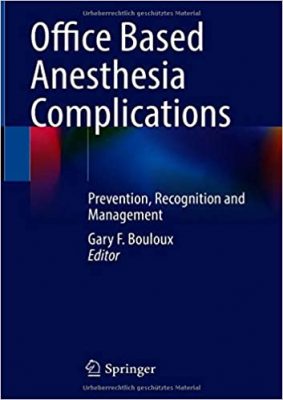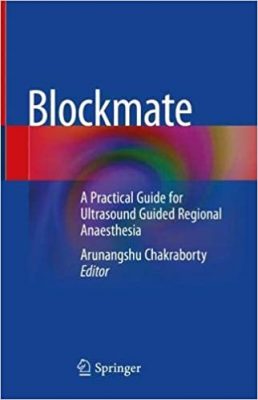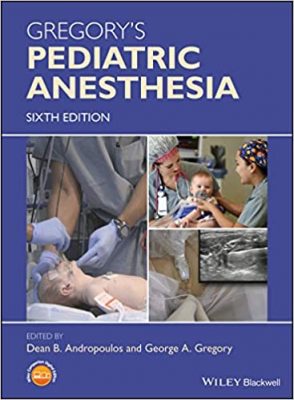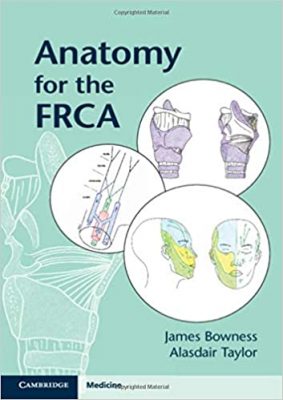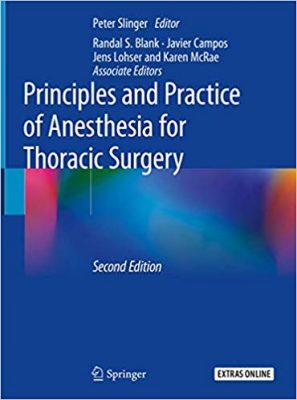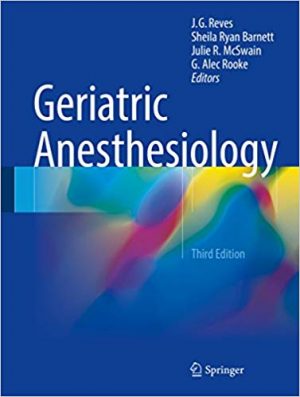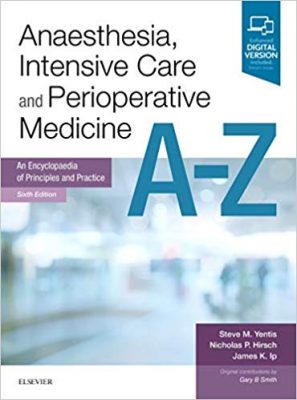Atlas of Uncommon Pain Syndromes 4th Edition
Atlas of Uncommon Pain Syndromes 4th Edition
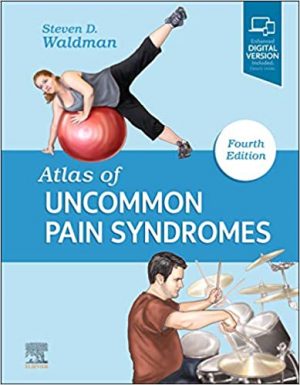
Atlas of Uncommon Pain Syndromes 4th Edition
Covering the many relatively uncommon pain conditions that are often misdiagnosed, this one-of-a-kind visual resource clearly presents the extensive knowledge and experience of world-renowned pain expert Steven D. Waldman, MD, JD. Atlas of Uncommon Pain Syndromes, 4th Edition, first and foremost helps you make a correct diagnosis – a critical step in managing patients in chronic pain. Hundreds of high-quality illustrations, as well as x-rays, ultrasound, CTs, and MRIs, help you confirm your diagnoses with confidence.
- Offers head-to-toe coverage – 135 conditions in all – providing concise, easy-to-read chapters for each condition. Dr. Waldman’s practical guidance is designed to help you make the correct diagnosis of uncommon pain syndromes, even the signs and symptoms don’t quite fit.
- Explains each pain syndrome using a consistent, easy-to-follow format: an ICD-10 CM code for billing purposes, followed by a brief description of the signs and symptoms, laboratory and radiographic testing, differential diagnosis, available treatment options, and clinical pearls.
- Features updated chapters throughout, as well as 12 new chapters covering Hemicrania Continua, Acute Calcific Prevertebral Tendinitis, Sternohyoid Syndrome
Snapping Scapula Syndrome, Erythromelagia, Foix-Alajouanine Syndrome, Lumbar Paraspinous Muscle Compartment Syndrome, Clunealgia, Nutcracker Syndrome,
Paroxysmal Extreme Pain Disorder, Iliopsoas Tendon Rupture, and Snapping Pes Anserinus Syndrome
- Provides practitioners and trainees in pain medicine, anesthesiology, neurology, psychiatry, physical medicine and rehabilitation, primary care, and more with a firm foundation in the diagnosis of uncommon pain in daily practice.
DOWNLOAD THIS BOOK

